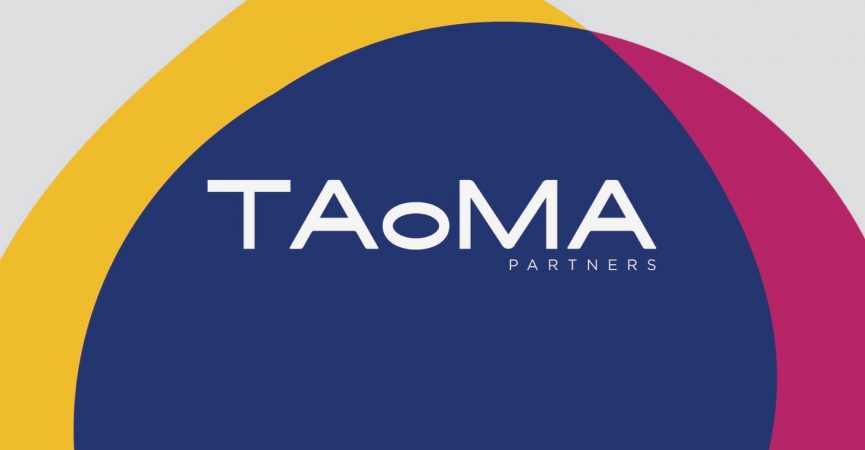
Major changes in the French Trademark Prosecution
The long-awaited upheaval in French trademark law is finally here!
Directive (EU) 2015/2436 of the European Parliament and of the Council of 16 December 2015 to approximate the laws of the Member States relating to trademarks has been transposed in France, at last, following the adoption of an order dated November 14, 2019.
This transposition entails a major overhaul of French trademark law and practice in certain aspects and notably regarding the application and renewal of trademarks.
=> The end of the requirement of graphical representation
Until now, to be eligible to a protection under trademark law, a sign needed to be capable of being represented graphically. Such condition has been abandoned by the new regulation. This abonnement does not necessarily open protection to non-traditional trademarks that were previously refused, such as olfactive or gustative marks, as the legislation still requires the sign applied for to be represented on the Register in a manner which enables anyone to determine precisely and clearly the subject matter of the protection afforded to its proprietor.
Yet, some non-conventional trademarks that were rarely accepted in the past will likely be adopted more easily now, as new formats of representation will become available. For instance, with respect to sound trademarks, it will now be possible to submit audio files, while for the representation of motion trademarks or hologram trademarks, the applicant will be able to furnish video files, gifs, etc.
If opening the trademark filing to new representation formats seems to be good news for future applicants, this will necessarily generate practical issues, in particular in the context of litigation. From now on, how should be compared a traditional verbal mark and a sound mark represented by an audio file? In this specific case, what will become of the visual comparison?
This new disposition will, no doubt, change significantly the office’s practice, which would have to get creative in developing new reasonings.
=> New official taxes
While the old system provided for a single flat fee for the filing of a trademark from one up to three classes, with an additional class fee from the third class onwards, the reform abandoned it in favor of a system of one fee per class.

The same system has been adopted for the renewal of trademarks.

=> Examination
The new disposition broadens the list of grounds for refusal, especially, the number of signs that can constitute opposable prior rights to the filing of a new trademark application. This will make it even more necessary to carry out prior right searches before considering filing any trademark application, as the sign for which registrations will be sought is likely to face more types of obstacles.
Now the following applications can be refused by the French Office:
- Signs consisting exclusively of “the shape or other characteristic of the product imposed by the nature of the product itself, necessary to obtain a technical result or which confers substantial value on the product”. The reference to “another characteristic of the product” is new and broadens the ground for refusal specific to shape marks, which can now be applied more broadly and to all marks, and in particular to atypical marks whose filing is facilitated.
- A trademark including “appellations of origin and geographical indications, traditional wine names and guaranteed traditional specialities” protected by national or European Union legislation or by international agreements.
- A trademark consisting of the name of an earlier plant variety.
- A trademark that has been filed in bad faith by the applicant.
The new provision also makes the lack of distinctiveness a proper and independent ground for refusal when, in the past, it was closely link to the condition of non-descriptiveness. Distinctiveness and non-descriptiveness are now two different conditions that a mark should comply with in order to be registered.
=> A new deadline for the renewal of trademark registrations
If, in the past, a trademark could be renewed up to the last day of the expiration month, the renewal would have to be filed, from now on, before the end of the expiration date. An additional period of six months is still allowed to proceed with such a renewal, subject to the payment of an additional fee. The starting point of this 6-month grace period is no longer the day after the expiration month but the day that follows the expiration date.
Our team is at your disposal to assist you and help you to better understand all the workings of this reform.
Blandine Lemoine
Lawyer
Jean-Charles Nicollet
European Trademark & Design Attorney
Head of Legal Department